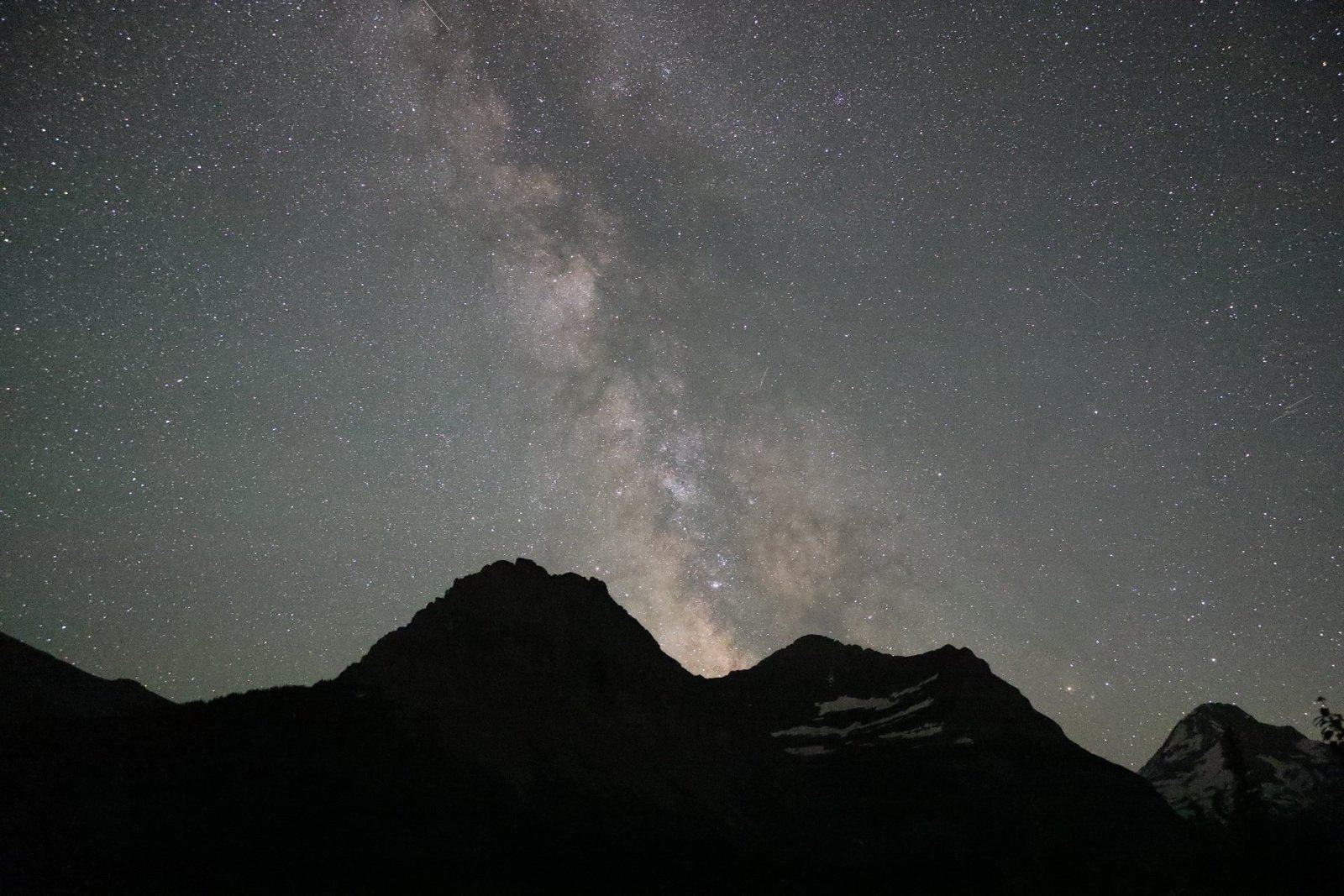Glacier National Park’s wildlife history spans over 10,000 years, from Native American inhabitation to its establishment as a national park in 1910. The park’s ecosystem has undergone significant changes due to human interaction, climate change, and conservation efforts. This article explores the development of wildlife in Glacier National Park, including native species, population changes, and conservation milestones.
What is the Pre-European Settlement History of Glacier National Park?

The area now known as Glacier National Park has a rich history of human habitation dating back over 10,000 years. Native American tribes, including the Blackfeet, Salish, and Kootenai, were the first to inhabit this region. These tribes utilized the area for various purposes:
- Hunting
- Gathering
- Spiritual practices
The landscape and wildlife played crucial roles in their daily lives and cultural traditions.
How Did European Exploration Impact the Region?

European exploration in the early 1800s marked a significant turning point in the region’s history:
- French, English, and Spanish trappers arrived seeking beaver and other pelts.
- The Lewis and Clark Expedition came within 50 miles of the area in 1806.
- The completion of the Great Northern Railway in 1891 increased accessibility.
This increased access led to:
- Settlement of homesteaders
- Development of small towns
- Greater human impact on the local ecosystem
When Was Glacier National Park Established?
Glacier National Park was officially established on May 11, 1910, becoming the country’s 10th national park. This designation was largely due to the efforts of conservationist George Bird Grinnell. The establishment of the park provided initial protection for the area’s natural resources and wildlife.
What Native Species Call Glacier National Park Home?
Glacier National Park boasts a diverse range of native wildlife species. Some of the most notable include:
| Species Type | Examples |
|---|---|
| Large Mammals | Grizzly bears, black bears, bighorn sheep, elk, moose, mountain lions, mountain goats |
| Predators | Gray wolves, wolverines, Canadian lynx |
| Birds | Hundreds of species (specific count not provided) |
| Fish | Over a dozen species |
| Other | Various reptiles, amphibians, and invertebrates |
In total, the park is home to 71 species of mammals, making it a biodiversity hotspot.
How Have Wildlife Populations Changed Over Time?
Wildlife populations in Glacier National Park have undergone significant changes throughout its history:
-
Bighorn Sheep: Studies in the 1950s and 1960s revealed that bighorn sheep were susceptible to pneumonia due to lungworms. This was exacerbated by human feeding practices, leading to policy changes.
-
Grizzly Bears: After two fatal bear attacks in the late 1960s, known as the “Night of the Grizzlies,” extensive research and management strategies for grizzly bear populations were implemented.
-
General Wildlife: The cessation of wildlife feeding by visitors has helped restore natural behaviors and habitats.
What Major Habitat Alterations Have Occurred?
The park’s ecosystems have experienced several significant alterations:
- Glacial Action: Ongoing glacial retreat has reshaped the landscape.
- Forest Fires: Common occurrences that have shaped the ecosystem, with notable events like the fires of 2003 that burned approximately 136,000 acres.
- Climate Change: Significant impact on glaciers, with only 25 active glaciers remaining by 2010, down from an estimated 150 in the mid-19th century.
What Are the Key Conservation Milestones in the Park’s History?
Glacier National Park has achieved several important conservation milestones:
- 1967: Appointment of Cliff Martinka as the park’s first official research scientist.
- 1976: Designation as a Biosphere Reserve.
- 1995: The Waterton-Glacier International Peace Park was designated a World Heritage Site.
These designations have played crucial roles in protecting the park’s diverse wildlife and ecosystems.
How Has Wildlife Management Evolved in Glacier National Park?
Wildlife management in Glacier National Park has evolved significantly over the years:
-
Early Research: Beginning in the 1950s, pioneering biologists conducted extensive research on iconic wildlife species.
-
Systematic Approach: The appointment of the first official research scientist in 1967 marked the beginning of systematic wildlife research and management.
-
Species-Specific Strategies:
- Grizzly Bear Management: Research by Kate Kendall and others provided the first reliable data on grizzly populations.
- Habitat Protection: Efforts to protect and restore natural habitats, including the cessation of wildlife feeding.
- Fire Management: Balancing the natural role of fires with human safety and infrastructure protection.
What Challenges Face Wildlife Conservation in the Park?
Wildlife conservation in Glacier National Park faces several ongoing challenges:
- Accessibility Issues:
- Remote and rugged terrain poses logistical challenges for research and monitoring.
-
Innovative approaches, such as using rubber rafts to study moose habitats, have been necessary.
-
Visitor Impact:
- Increasing number of visitors puts pressure on ecosystems.
- Development of roads, trails, and hotels impacts wildlife habitats.
-
Past practices, like wildlife feeding, disrupted natural behaviors.
-
Climate Change:
- Rapid glacial retreat threatens unique habitats.
- Changing temperatures affect species distribution and behavior.
How is Conservation Funded and Measured in Glacier National Park?
While specific funding amounts are not provided, conservation efforts in Glacier National Park are supported by:
- Federal funding
- International designations (e.g., World Heritage Site status)
Conservation success is measured through various metrics, including:
- Species counts (e.g., 71 mammal species)
- Habitat health assessments
- Ongoing research and monitoring programs
The park’s status as a Biosphere Reserve and World Heritage Site also provides frameworks for measuring conservation success on an international scale.
In conclusion, the wildlife history of development in Glacier National Park reflects a complex interplay of natural processes, human intervention, and conservation efforts. From its early days as a Native American hunting ground to its current status as a protected wilderness area, the park continues to evolve and face new challenges in wildlife conservation.
References:
- https://www.nps.gov/glac/learn/historyculture/index.htm
- https://www.nps.gov/glac/learn/nature/mammals.htm
- https://flatheadbeacon.com/2016/06/04/brief-history-science-glacier-national-park/